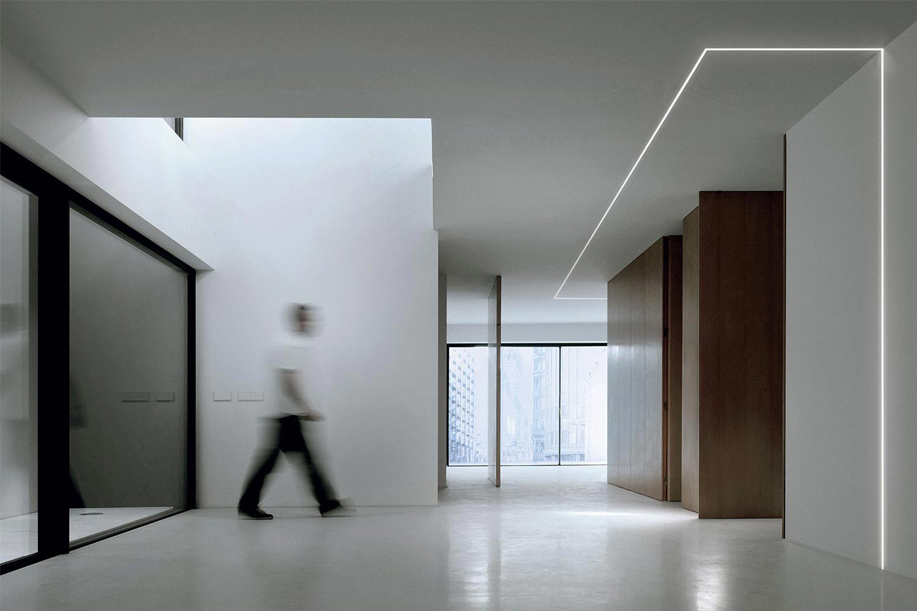When talking about home automation and construction, one of the most important aspects to take into account is the design of the lighting project, especially if we use LED light. 
As a matter of fact, lighting a room in the right way often means making a room more attractive and beautiful to look at. This means, from a business point of view, a greater number of potential buyers.
This is the main reason why, just to give you an example, the lighting display in a shop is meticulously designed. The idea is to make the windows of the shop look more attractive and encouraging customers to enter the store. When it comes to room lighting, however, there is another very important aspect to consider: energy savings, which can be achieved through a series of different solutions.
LED lighting to save on energy
One of the greatest solutions in both, commercial and private industries, is the LED. This technology makes you save on your energy bill while perfectly illuminating any type of room or area.
However, what are the main advantages of LED lighting compared to traditional lighting technologies?
Compared to traditional lighting technologies, LED offers a number of advantages.
The advantages that deserve a special consideration are:
- a considerable energy saving that allows you, with the same power consumption, to have a luminous flux 5 times higher than halogen lamps and incandescent bulbs;
- a longer lamp life: normally white and blue lamps’ estimated life is about 50 thousand hours, while the life expectancy of one-colour LED, is around 10 thousand hours. This represents an important difference when compared to 750 hours for incandescent bulbs or 7500 hours for fluorescent bulbs;
- LEDs are more resistant. As a matter of fact, this material withstands various types of shocks and stresses (even when it is hot), making it ideal for the design of lighting solutions even with particular external environment conditions;
- the ability of the bulb to ignite immediately, even when it is cold, with an ignition time of zero seconds even when there are – 40 ° C. This differentiates the LED from conventional lamps, which are characterized by a gradual ignition;
- lower maintenance costs compared to traditional bulbs. This allows you to spread, on a longer period of time, an investment which is initially more expensive but that turns out to be a logical consequence of the greater resistance of LED bulbs, with a much longer life expectancy.
Other advantages of LEDs: from application flexibility to photobiological safety
LED technology, thanks to the above-mentioned features, is now one of the lighting tools that best meets the need to light any type of room in an extremely efficient way. Other benefits of LED technology include:
- a great versatility and flexibility of application, which is given by the small size of the bulbs and that allows you to study a lighting design in a more accurate and structured way.
This is why LED bulbs are increasingly being integrated into various architectural elements (such as walls, floors, shelving, and other surfaces). Moreover, the wide range of the possible colours you can get with LEDs represents a major advantage for the lighting industry. This wide choice gives you the possibility to plan advanced solutions in the design and architecture of building interiors.
- a decrease in the amount of lost energy, which leads the LED bulb to be more efficient and stay cool even after many hours, unlike traditional bulbs that often overheat after an extended period of time;
- a further advantage of LED lighting is its low voltage. This makes it possible to power LED lighting by renewable energy currents (such as the sun, water, and wind). This feature is an important beginning from which you can start to study a lighting project. It leads to a reduction in the operating costs of the systems. It is exactly for this reason that LEDs are becoming increasingly popular also in the field of public lighting;
- finally, one last advantage of LED lighting is the so-called photobiological safety, i.e. the reduced amount of radiation emitted that leads people to lower exposure. In this specific case, the total absence of ultraviolet emissions allows LED bulbs not to alter their shape.
These benefits could be seen as something of minor importance, but they will be, in the short term, beneficial to our health.
